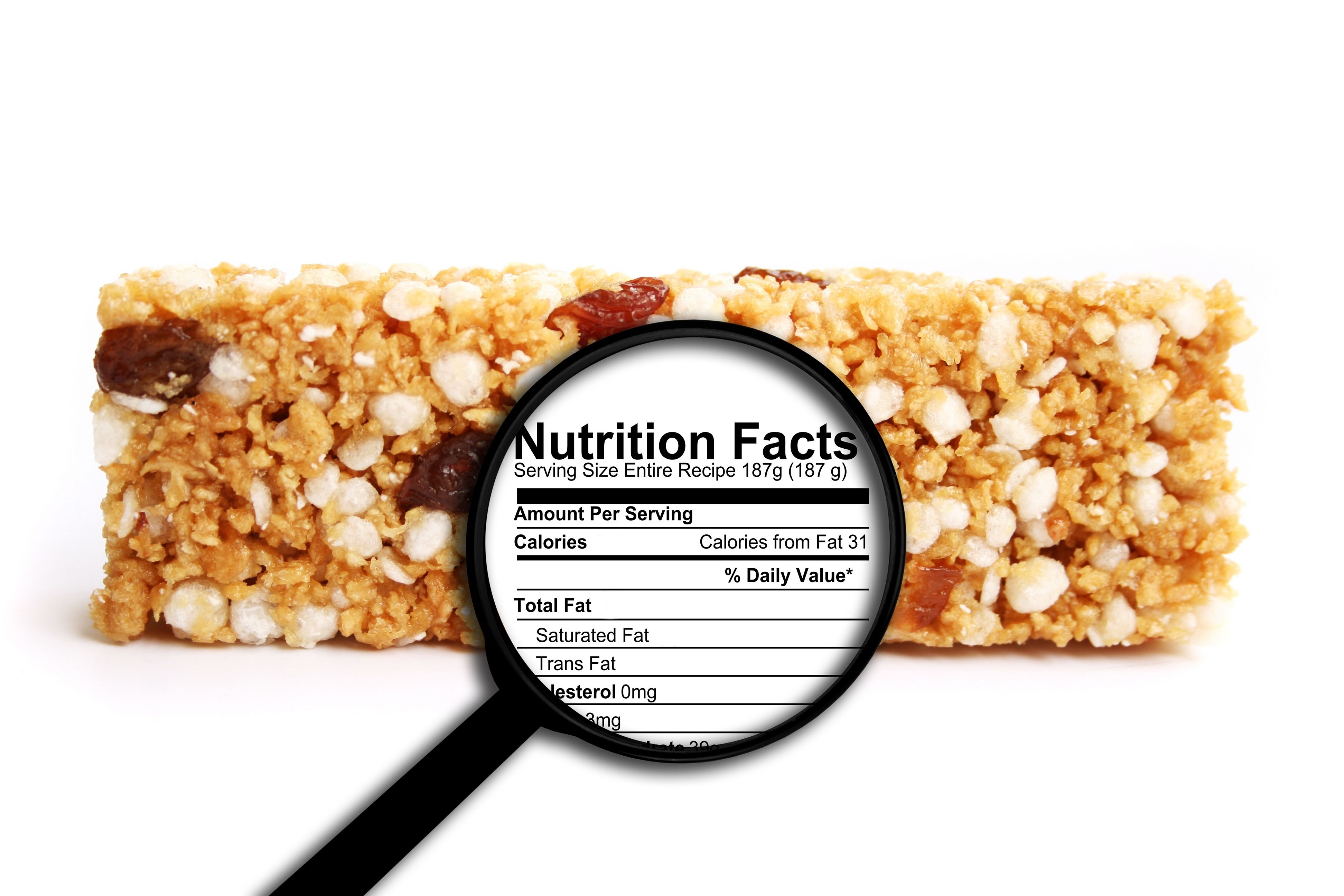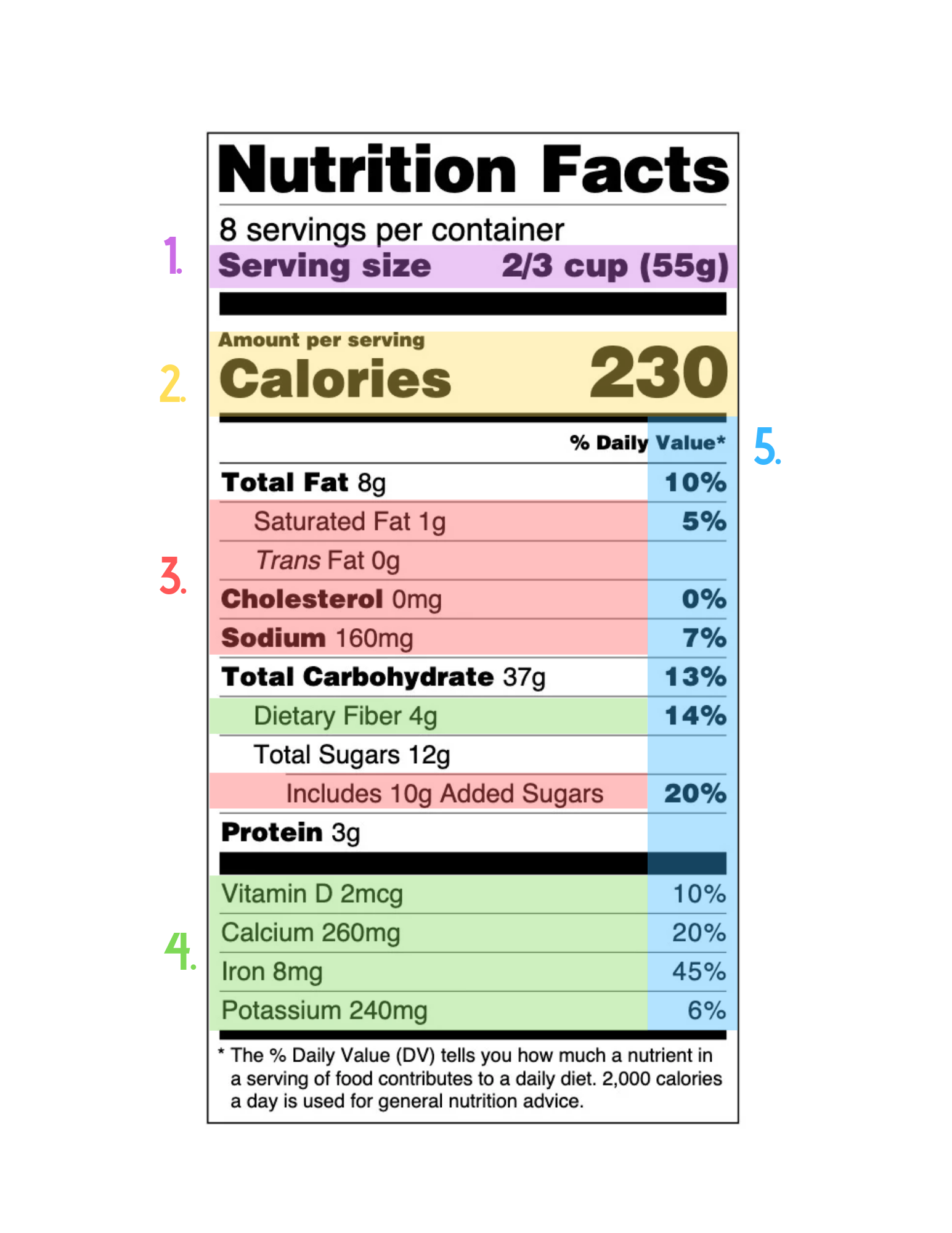Label Love: How to read the nutrition facts label

It’s February, the month of St. Valentine! This month, especially, many of us take extra time to show our families, significant others, friends, and even pets how much they mean to us. But there’s one very important person that you may forget needs little extra love…
Did you ever think treat yourself this month, too? By treating, I mean taking care of yourself and spending time on your personal health. When life gets busy, oftentimes one of the first things that falls by the wayside is personal health. This month, I challenge you to love YOU! One way to take care of yourself is to fill your body with nourishing foods so you feel your best and have energy to achieve your goals!
This month’s seminar topic is “Label Love.” The key to nourishing your body is getting the facts on what you are consuming by reading the Nutrition Facts label.
The Nutrition Facts label has just gotten a makeover and it’s important to know what’s what. Here is a quick guide for deciphering the nutrition label:

- Start with the Serving Size. On the new label, this serving represents the amount of food typically consumed in one sitting, not necessarily the recommended amount to consume at once. The numbers on the label are representative of the nutrients in that serving, or amount of food.
- Check out the Calories. This number tells you how much energy you will consume based on the serving size.
- Caution the Nutrients to Limit. Look for lower numbers on saturated fat, trans fat, cholesterol, sodium, and sugar. The new label has a section specifically for added sugars, which is a handy tool. Saturated/trans fats and sugar should both be under 10% of daily total calories according to the 2015-2020 Dietary Guidelines for Americans.
- Encourage Nutrients to Increase. Dietary fiber, unsaturated fats (polyunsaturated and monounsaturated), vitamins, and minerals are all nutrients you should aim to increase for a healthful diet.
- Use the % Daily Value as your Guide. As a quick reference, 5% is considered low and 20% is considered high. For example, 25% DV of Fiber means that one serving of that product provides an excellent source of fiber; a quarter of your recommended daily fiber needs.
For more insights and tips on reading food labels, come to a FREE Nutrition Seminar at 6 PM on Tuesday Feb 4th or Tuesday Feb 25th at LivRite Fishers.
Topics: Nutrition


